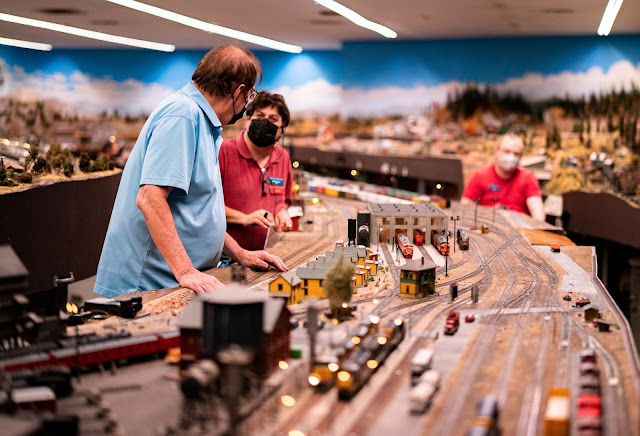Decluttering is a process where you identify the belongings you use the most and like the best, the items of the highest quality. You release things you don't like or use, and all of those multiples you've accumulated. Next, you find a home for each of the possessions you've chosen to keep.
Using containers such as boxes, bins, drawers, shelves, and closets, you put everything away. Your items will no longer pile up or drift around homeless – each has a place to belong. As you gain a clear idea of how much each container will hold, you're able to place limits on what you keep.
- How many shirts will hang in your closet?
- How many pairs of socks will go in their designated drawer?
- How many books will fit on your shelves?
- How many bins of holiday decorations will fit in the cupboard in the garage?
By respecting the physical limits of your space, the things you own can stay organized and uncluttered.
But minimalism isn't a choice you make once. It's
a choice you make every day. Every day, you choose to maintain the limits you've established. You refuse junk mail, freebies, and "bargains." You propose gift-free holidays. You stop spending leisure time at the store or browsing online, and you start spending it at the park or the library, having coffee with a friend, crafting, journaling, exercising, or volunteering.
Of course you continue to shop, but you buy for need rather than want, for function rather than novelty. And when you bring something new into your home, you make a like-for-like trade: a book for a book, a sweater for a sweater, a couch for a couch.
When a new one comes in, an old one must go out.
When you come home from back-to-school shopping, your kids should get rid of as many clothes as they add to their closets. When you bring in new shoes, an old pair must go. When you buy new towels, or cookware, or lamps, or phones, they must replace what's already there.
This trade-off maintains balance in your home so that it never again becomes overstuffed.
Not only do you need to practice the one in, one out technique until it becomes a natural part of the way your family operates, but you must also practice thinking before you buy. Being mindful of what you're buying needs to be an element of every shopping trip you take.
5 questions to ask before a purchase
1. Does it satisfy a need?
Make sure it's a true need, not a momentary sense of boredom, sadness, worry, or "Ooooh, that's cute!" This doesn't mean that every purchase must be drab or utilitarian. Those cute red sandals might be perfect if they're of high quality, fit well, go with more than one outfit, and are replacing something else.
Related article: Are You an Emotional Shopper?
2. Does it offer value?
The thing you're about to buy should appear well-made and able to perform the function you need from it. If a low price is its only enticement, don't buy it.
3. Does it provide versatility?
When possible, avoid buying specialty or single-task items. Favor items that can be useful in several ways, like stemless tumblers instead of multiple types of drinking glasses, or a simply-styled dress that can be modified with jewelry, a scarf, a belt, or a jacket.
4. Is it the result of a careful decision? Impulse buying almost always generates clutter. Notice what you see and want to buy, and tell yourself that if you still want it in three days you can come back and buy it guilt-free. Do you even remember the item by then? Or does your sudden "need" dissipate during that time?
5. Does it work right now?
New jeans must fit you today. Don't buy a pair with the idea that you'll lose some weight and then they'll be perfect. Don't buy shoes you hope will stretch out enough to become comfortable. They won't.
This kind of restraint may not come naturally – it's a rare and wonderful thing in this age of excess! But it's worth practicing, not just because it keeps us free of clutter, debt, and stress, but because it conserves our planet's resources, creates less waste, and lets us (and our children) learn to value creativity, generosity, and relationships over stuff.
Updated February 2023






Comments
Post a Comment